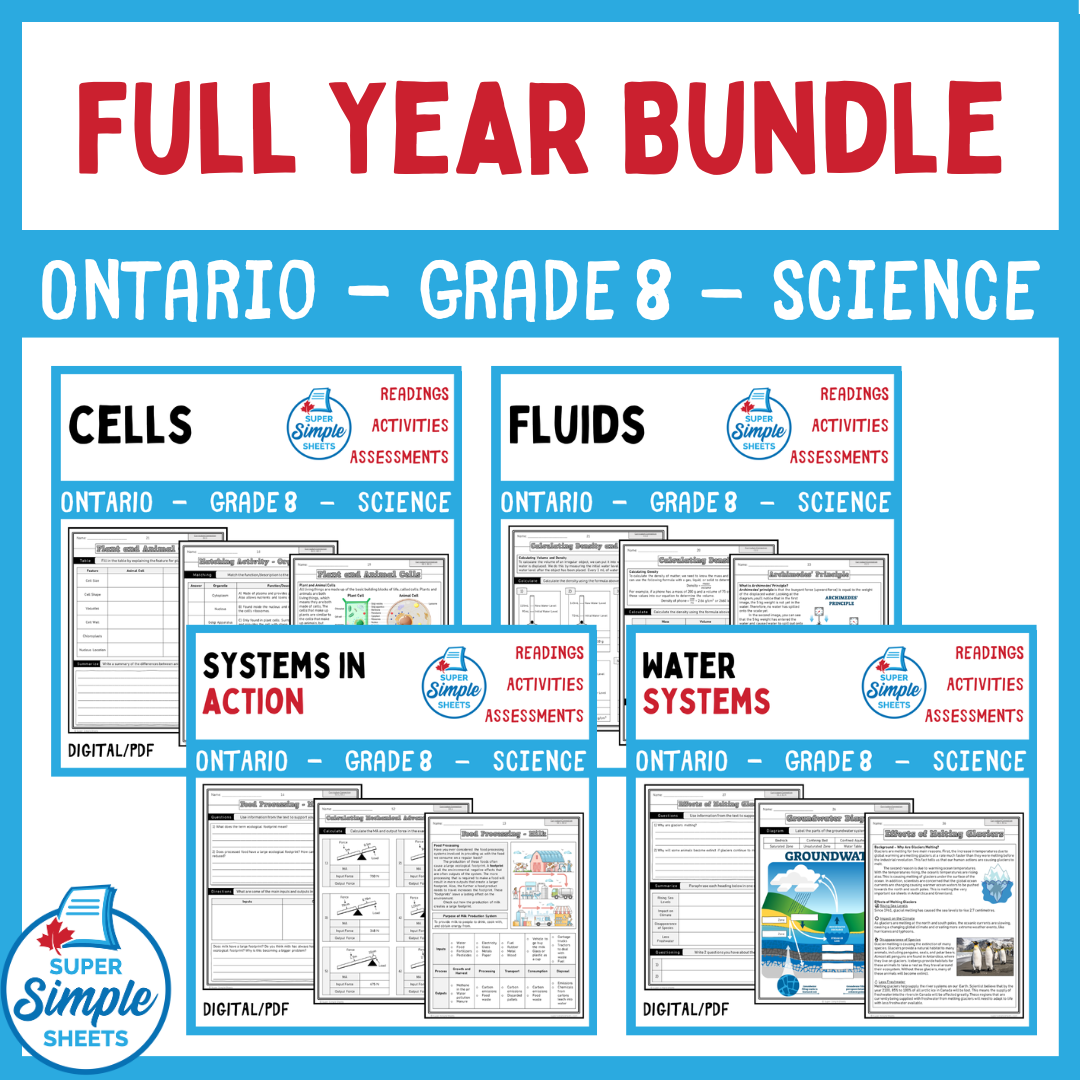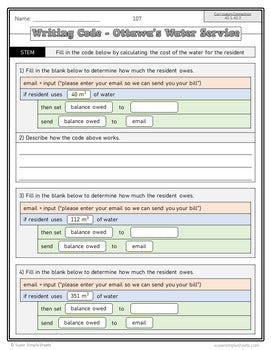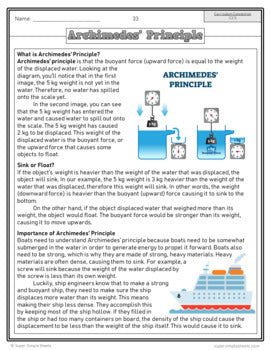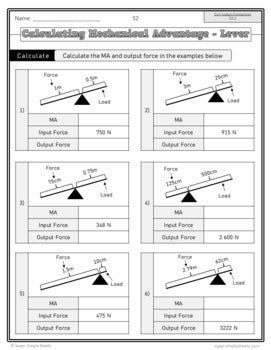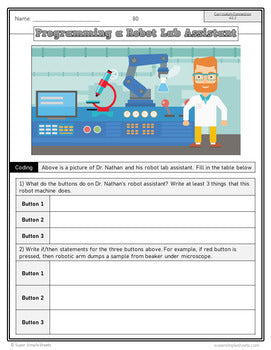Ontario - Grade 8 - Science - FULL YEAR BUNDLE - NEW 2022!
Ontario - Grade 8 - Science - FULL YEAR BUNDLE - NEW 2022!
Interested in a bundle? Shop below instead!
Couldn't load pickup availability
PRODUCT PREVIEW
NEW IN 2022! GOOGLE AND PDF VERSIONS BOTH INCLUDED!
This bundle covers the entire *NEW* Grade 8 Science curriculum for 2022!
New Ontario 2022 Science Curriculum - Grade 8 – Cells. This product was created to cover the NEW 2022 Ontario Science Grade 8 curriculum – Cells.
Some of the concepts that are covered:
- What is a cell?
- Cell theory
- Importance of a microscope – understanding the function of each part
- Microscope diagram – labelling activity
- Organelles in cells – nucleus, cell membrane, cytoplasm, cell wall, mitochondria and more
- Research assignment – organelle in plant and animal cells
- Diagrams of plant and animal cells
- Comparing plant and animal cells – structure, organelles, size, shape
- Identifying plant and animal cells
- Experiment/activity – building a 3D model of a cell
- Diffusion of molecules in cells
- Osmosis in cells
- Factors affecting diffusion
- Diffusion and the exchange of gas in humans and frogs
- Solutions, solutes, and solvents
- Ideal solutions for cells – osmosis
- Unicellular organisms – Amoeba and Paramecium
- Research assignment – studying unicellular organisms
- Multicellular organisms – humans, worms, and frogs
- Levels of organization – cells, tissues, organs, and organ systems
- Researching organ systems to learn about the organs, tissues, and cells included
- Technologies in cell biology – electron microscopes
- Stem cell technologies treating disease – Alzheimer's and Spinal injuries
- Researching advantages and disadvantages of stem cells
- Cellular agriculture – cultured meat
- Using cultured meats – multiple perspectives (animals, environmentalists, livestock farmers)
- Unit test
- Answer pages for all activities
New Ontario 2022 Science Curriculum - Grade 8 – Systems in Action. This product was created to cover the NEW 2022 Ontario Science Grade 8 curriculum – Systems in Action.
Some of the concepts that are covered:
- What is a system?
- Purpose, inputs, and outputs of systems
- Important systems in your life
- How systems make difficult decisions to meet the needs of its customers/citizens
- Food processing system – inputs, outputs (waste/emissions), and purpose
- Different points of view related to different systems (school system, transit system)
- Components of systems – computer system, HVAC system, and backhoe system
- Physics – using scientific terms (energy, work, forces, displacement, efficiency)
- Different types of energy – chemical, electrical, thermal, mechanical, nuclear
- Forces – contact and non-contact forces
- Research assignment – understanding the compass
- Describing everyday situations using scientific terms – forces, energy, work, displacement, efficiency
- Displacement versus distance – calculations and reading/questions
- Calculating work using the formula work = force x distance
- Mechanical advantages using simple machines
- Calculating the mechanical advantages of levers, gears, pulleys and inclined planes
- Diagrams of the simple machines and their mechanical advantages
- Lever experiment
- Dissipating heat from mechanical systems
- Friction causing dissipation (sliding friction, static friction, and rolling friction)
- Technologies reducing friction and dissipation (lubricants, wheels, furniture sliders)
- Experiment – phone book friction (sticky notes)
- Calculating efficiency – energy out/total energy in = efficiency
- Importance of instruction booklets – assembly, safe use, maintenance of machine
- Research assignment – instruction manual
- Technological innovations improving productivity – robotics, artificial intelligence (AI), 3D printing
- Research assignment – Industry 4.0 (evolution of industrial revolution)
- Automation of manufacturing industry
- Impact of automation on society, economy, and the environment
- Self-driving autonomous vehicles
- Automation – different points of view
- Unit test
- Answer pages for all activities
New Ontario 2022 Science Curriculum - Grade 8 – Fluids. This product was created to cover the NEW 2022 Ontario Science Grade 8 curriculum – Fluids.
Some of the concepts that are covered:
- What is a fluid?
- Understanding viscosity
- Volumetric flow rate
- Experiment – comparing viscosities
- Researching the viscosities of various fluids
- Particle theory – affects on fluids
- Relationship between mass, volume, and density
- Density of gases, liquids, and solids
- Calculating density – mass/volume
- Calculating density using diagrams
- Buoyancy – positive buoyancy, negative buoyancy, and neutral buoyancy
- Experiments determining buoyancy – water vs saltwater vs sugar water
- Archimedes’ Principle
- Air pressure experiments
- Lighter-than-air flying devices – airships and hot air balloons (buoyancy of gases)
- Compressing gases – experiment and reading/questions
- Mishandling of compressed gases
- Hydraulic systems vs pneumatic systems
- Pascal’s Law – buoyancy
- Performing calculations using Pascal’s Law
- Researching pneumatic systems
- Factors affecting the flow of fluids – temperature, pressure, density, viscosity
- Regulating fluids in the circulatory system and in engines
- Valves in mechanical systems
- Comparing a fish’s bladder vs ballast water
- Impacts of fluid technologies – renewable energy (wind turbines, hydro)
- Oil spills - The Deepwater Horizon oil spill
- Indigenous communities and oil spills – Ocean Man oil spill
- Research assignment – investigating oil spills in Indigenous communities
- Unit test
- Answer pages for all activities
New Ontario 2022 Science Curriculum - Grade 8 – Water Systems. This product was created to cover the NEW 2022 Ontario Science Grade 8 curriculum – Earth and Space Systems: Water Systems.
Some of the concepts that are covered:
- Three states of water in our environment (solid – ice, liquid – water, gas – vapour/humidity)
- Studying glaciers – the Cryosphere
- Water distribution on Earth
- The water cycle – evaporation, condensation, precipitation, infiltration, transpiration
- Numerous diagrams related to the water cycle
- Watersheds – Research assignment and profile of St. Lawrence Watershed
- Water table and Aquifers
- Groundwater diagrams
- Drinking water – Different types of wells
- Human activities affecting the water table
- Climate change – Melting glaciers
- Human activities creating greenhouse gases
- Effects of melting glaciers on coastal communities
- Assignment – Creating an Infographic about Melting Glaciers
- Coastal Storms – Hurricanes, Typhoons, Cyclones as well as storm surges and flooding
- Microclimates – Victoria, BC
- Comparing atmospheric conditions in coastal regions versus regions inland
- Water quality – pH levels, turbidity, bacteria, dissolved oxygen
- Experiment – determining pH levels in local bodies of water
- Human activities affecting water quality – agriculture, fossil fuels, sewage, pharmaceuticals
- Water treatment plants – research assignment and reading/questions
- Tertiary water treatment systems
- Rural water treatment systems – Septic tanks
- Experiment – creating a water filter
- How cities manage water – water meters and incentives to conserve water usage
- Personal water consumption survey
- How the Indigenous use water
- Drinking water advisories in First Nation communities
- Rainwater harvesting and greywater systems - technologies
- Desalination systems – converting saltwater to freshwater technologies
- Unit test
- Answer pages for all activities
This is a comprehensive unit that will save you hours of planning! It has been tested and found effective in helping students achieve the learning goals in the new science curriculum.
Share
